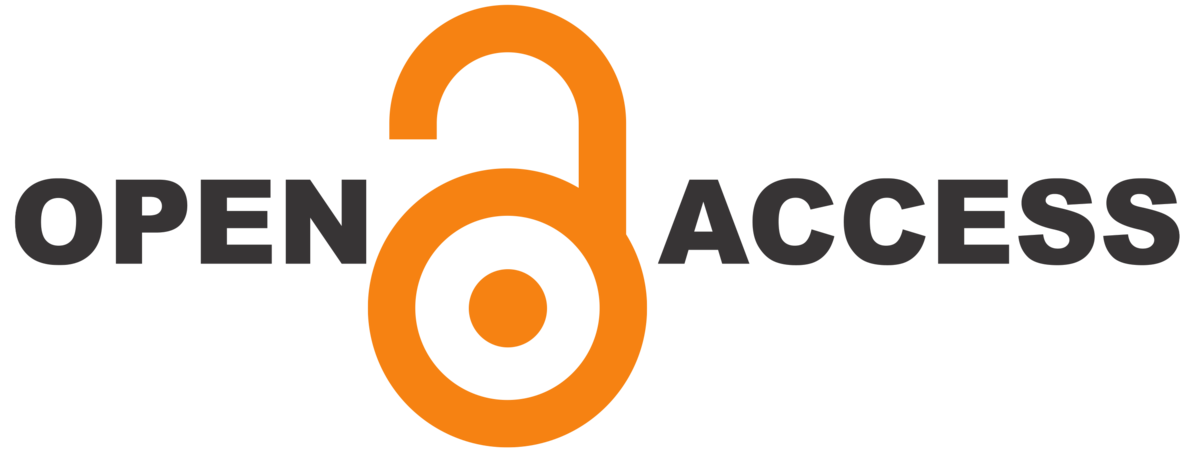FENOMENOLOGIA E O DESENVOLVIMENTO DE UM ESTILO DE GESTÃO INOVADORA DO LYCEUM EDUCACIONAL
DOI:
https://doi.org/10.22481/rpe.v16i43.6841Palavras-chave:
Lyceum educacional , Estilo de gestão da inovação , Modelo de aprendizagem para gestão inovadora do lyceumResumo
O objetivo deste artigo é apresentar as características, o conteúdo e a lógica do desenvolvimento de um estilo de gerenciamento inovador entre os diretores de lyceums educacionais da Rússia moderna. O estudo revela as características específicas desse estilo de gestão, que se resumem à capacidade do gerente de promover o espaço educacional do lyceum para o estado de um sistema em desenvolvimento dinâmico que atende aos requisitos modernos de treinamento de especialistas uma economia inovadora. Um critério-chave para um estilo de gerenciamento inovador foi a capacidade do gerente de dar uma contribuição pessoal à promoção da inovação. Esse critério tornou possível identificar os níveis de crescimento do estilo inovador de gerenciar o lyceum (reprodutivo, adaptável, modelagem local, modelagem de sistema, inovação inovadora). Um modelo de atividade gerencial inovadora foi desenvolvido para o chefes do lyceums, que apunta a la formación de un potencial de liderazgo constructivo y un dinámico "auto-concepto" de gestión. É revelada a lógica da formação de um estilo de gestão inovador, que consiste em três estágios: reflexivo, identificação e o estágio da autorrealização profissional. Como resultado da aplicação dessa lógica, os gerentes do grupo experimental desenvolveram melhor tolerância e flexibilidade da posição, aumentaram sua criatividade e capacidade de suportar estresse prolongado, melhor controlaram a situação e a comunicação, tomaram as decisões necessárias mais rapidamente, mostraram autoconfiança e capacidade de exercer influência gerencial e pedagógica, seja responsável.
Downloads
Referências
DERKACH, A.A. (2004). Akmeologic basis of development of professionalism. Moscow-Voronezh. 750 p.
DIMMOCK, C. (Ed.) (1993). School-based management and school effectiveness. Abingdon: Routledge.
DIESTERWEG, A. (1956). Selected pedagogical essays. Moscow: Uchpedgiz. 374 p.
DRUCKER, P. (2007). Innovation and Entrepreneurship: Practice and Principles. Butterworth-Heinemann.
GUILE, D. & GRIFFITHS, T. (2001). Learning through work experience. Journal of Education and Work, 14(1), 113–131.
FAYOL, H. (1949). General and Industrial Management. Translated by C. Storrs, Sir Isaac Pitman & Sons, London.
HOFFMAN, A. & SPANGEHL, S. (Eds). (2011). Innovation in Higher Education: Igniting the Spark for Success. American Council on Education, Rowman & Little field Publishers Inc., Lanham, MD.
IACOCCA, L. & WHITNEY, C. (2008). Where Have All the Leaders Gone? New York/ London/ Toronto/ Sydney: Scribner.
JERSILD, A.T. (1955). When teachers face themselves. Oxford, England: Bureau of Publications, Teachers Co.
KLIMOV, E.A. (1998). Introduction to the psychology of labor: Introduction to the psychology of labor: a textbook for high schools. Moscow: Culture and Sports: UNITI. 343p.
LAMBERT, L., WALKER, D., ZIMMERMAN, D. P., COOPER, J. E., LAMBERT, M. D., GARDNER, M. E., & SZABO, M. (2002). The constructivist leader (2nd ed.). New York: Teachers College, Columbia University.
LEWIN, K., LIPPIT, R. & WHITE, R.K. (1939). Patterns of aggressive behavior in experimentally created social climates. Journal of Social Psychology, 10, 271-301.
MASLOW, A. (1987). Motivation and Personality. N.Y: Addison-Wesley.
MESCON, M.H., ALBERT, M. & KHEDOURI, F. (1985). Management. New York: Harper and Row, Publishers.
PODYMOV, N.A. (1998). Psychological barriers in teaching. Moscow: Prometheus, 239 p.
PONOMAREV, Ya.A. (1976). Creativity psychology and pedagogy. Moscow: Pedagogy. 280 p.
ROGERS, C.R. (1961). On becoming a person. Boston, MA: Houghton Mifflin.
ROMANOVA, G. (2020). The Readiness of Leading and Teaching Staff to Develop Students’ Sociocultural Competence in the Inclusive Learning Environment. Pedagogika, 138(2), 226–243. https://doi.org/10.15823/p.2020.138.13
ROMANOVA, G. A., ANANISHNEV, V. M. & DARDA, E. S. (2020). Inclusive education: A path to equal rights. Opcion, 36 (Special Edition 26), 613-628.
RYZHKOVA, I.V. & SERGEEV, A.M. (2010). Specific Features of internationalization of higher education in the framework of the northern dimension. Baltic Region, 3, 24-37.
SALAZAR, P. (2013). High-impact leadership for high- impact school: The actions that matter most. New York, NY: Routledge.
SERDYUKOV, P. (2017). Innovation in education: what works, what doesn’t, and what to do about it? Journal of Research in Innovative Teaching & Learning, 10 (1), 4-33. https://doi.org/10.1108/JRIT-10-2016-0007
SHOSTROM, E.L. (1974). Manual for the Personal Orientation Inventory. San Diego, California: EdITS/Educational and Industrial Testing Service.
SHUTENKO, A.I., SHUTENKO, E.N., SERGEEV, A.M., RYZHKOVA, I.V., KORENEVA, A.V. & TEGALEVA, T.D. (2018). Socio-cultural Dominants of Higher School Innovation Mission. Espacios, 39(52), 34. https://www.revistaespacios.com/a18v39n52/18395234.html
SHUTENKO, E.N. (2015). Motivational and Conceptual Aspects of Student Self-fulfillment in University Education. Procedia – Social and Behavioral Sciences, 214(5), 325-331. http://www.sciencedirect.com/science/article/pii/S1877042815060073.
SHUTENKO, E.N. & SHUTENKO, A.I. (2015). Socio-Сultural Trends in the Development of the Higher School's Innovative Potential. Procedia – Social and Behavioral Sciences. 214(5), 332-337. http://www.sciencedirect.com/science/article/pii/S1877042815060103
SHUTENKO, A.I, SHUTENKO, E.N, SERGEEV, A.M., RYZHKOVA, I.V., TALYSHEVA, I.A. & TSAREVA, E.V. (2018). The use of modern ICT to provide students' self-realization in Russian higher school. Espacios, 39(43), 15. http://www.revistaespacios.com/a18v39n43/18394315.html
SLASTENIN, V.А. & PODYMOVA, L.S. (1997). Pedagogy: innovative activity. Moscow: Magister. 224 p.
STOGDILL, R. M. (1974). Handbook of leadership: A survey of the literature. New York: Free Press.
Downloads
Publicado
Como Citar
Edição
Seção
Licença
Copyright (c) 2020 Práxis Educacional

Este trabalho está licenciado sob uma licença Creative Commons Attribution-ShareAlike 4.0 International License.













